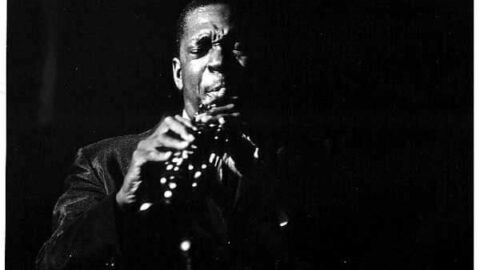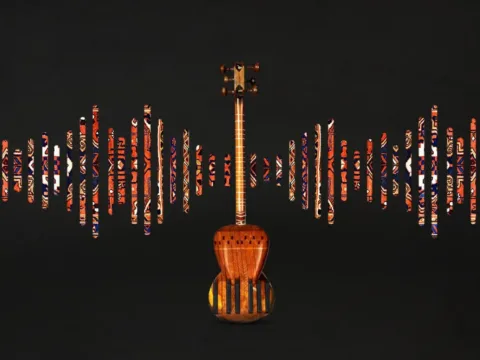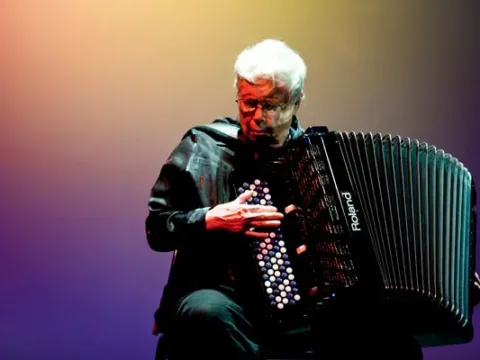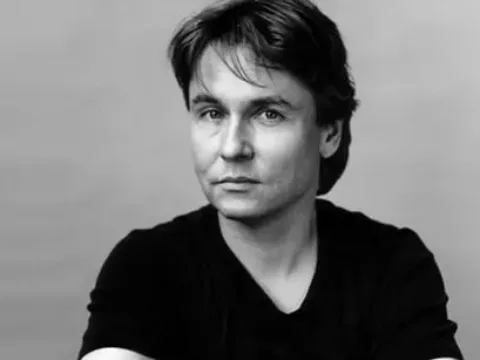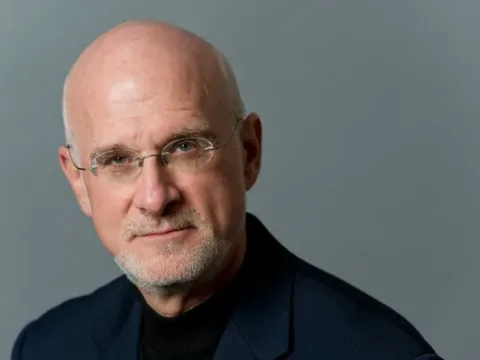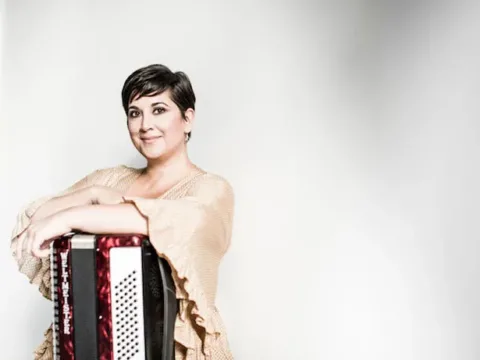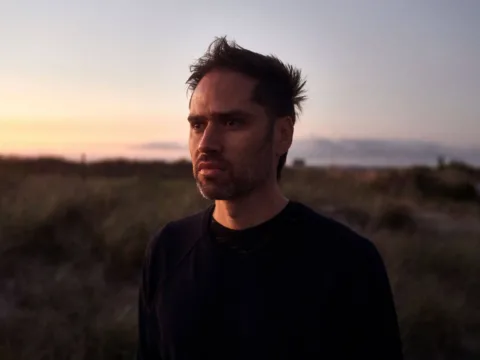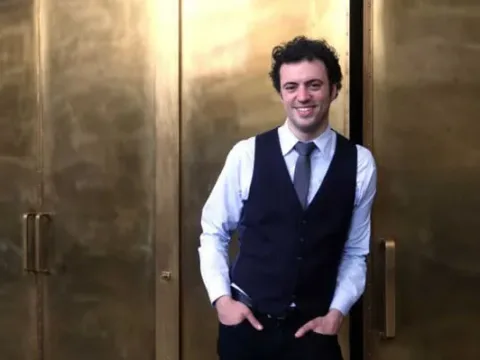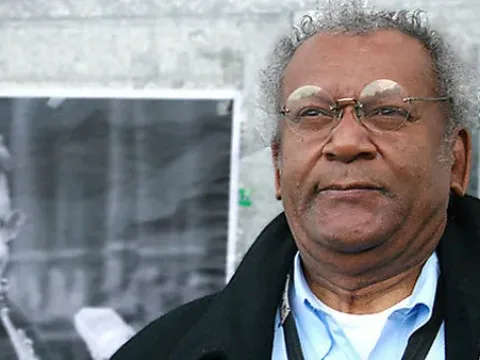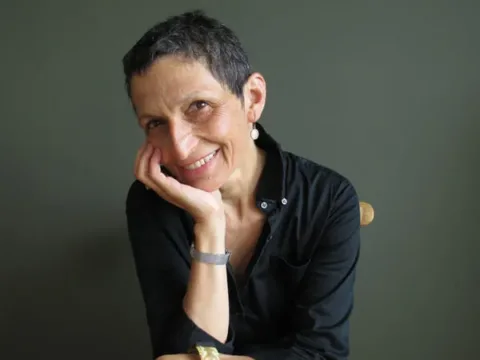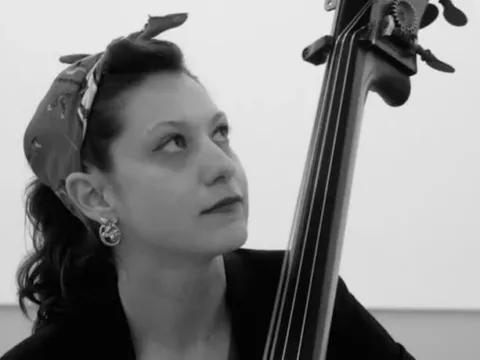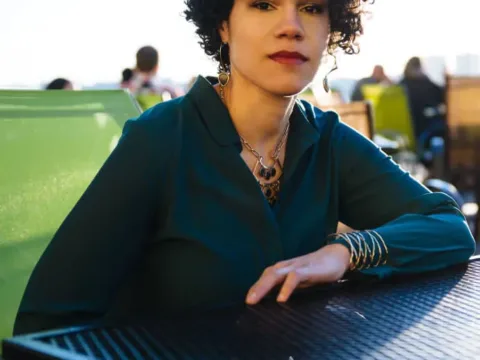When I was an undergrad saxophone major, I became very aware of a divide in academia between the “jazz” and the “legit” crowd. The “legit” crowd seemed to think the “jazzers” were inferior musicians, as much of the notation is inexact, and entire sections are made up on the fly. The “jazzers” thought the “legit” players were boring and pedantic as they ran off to practice their Creston and Ibert (which is ironic, as both of those pieces are highly influenced by the jazz idiom). There was even some pressure from one of my teachers to pick a side and quit riding the fence.
I never did understand this attitude, and as I became more aware of modern music and modern musical trends, I also noticed that many composers, both those primarily in the jazz and classical idiom, have crafted pieces that borrow heavily from the other. As Peter Schickele put it on his radio program Schikele Mix “Green Dolphin is a Two-Way Street.”
The actual truth is, the two idioms were married almost immediately, in famous works such as Gershwin’s Rhapsody in Blue (1927) and Ravel’s Piano Concerto in G (1929-1931). Many other composers soon took up the trend and produced works that borrowed heavily from the sounds coming out of Tin Pan Alley, such as Scaramouche for Alto Saxophone and Orchestra by Darius Milhaud (1937).
httpv://www.youtube.com/watch?v=MPlnsGESW2Q
The first movement is reminiscent of ragtime, the second of a Tin Pan Alley ballad, and the final of a fast latin dance.
Other classical composers chose to explore the sounds a traditional big band could accomplish, such as in this 1945 work by Igor Stravinsky, The Ebony Concerto, written for Woody Herman’s Orchestra.
httpv://www.youtube.com/watch?v=ccwFZ6-COec
Outside of the instrumentation, this work isn’t very jazzy, in the traditional sense. Stylistically, the piece doesn’t ‘swing’ as the conventional big bands, but still contains many hallmarks of jazz in the use of harmony (though much closer to harmony in the emerging bebop style, rather than the big band tradition) and instrumentation.
On the other side of the fence, many jazz composers and arrangers became interested in incorporating classical tradition into their own work. Debussy, Satie and Ravel became favorties for pianists to study and emulate. Listen to the chord voicings Bill Evans uses in his 1957 composition Waltz for Debby:
httpv://www.youtube.com/watch?v=dH3GSrCmzC8
Others chose to borrow from Stravinsky, and use many of his compositional techniques in their arrangements. Bill Holman, who became the primary arranger for the Stan Kenton Orchestra uses rapidly shifting moods, textures, canonic dissonance, and many other hallmarks of Stravinky’s work in his arrangements, such as in this 1975 piece, Malaga.
httpv://www.youtube.com/watch?v=HEt13RIL0ko
In 1957, composer Gunther Schuller coined the term “Third Stream” to describe music that fused the two forms. In 1981 he gave a list of rules explaining what Third Stream was not:
- It is not jazz with strings.
- It is not jazz played on ‘classical’ instruments.
- It is not classical music played by jazz players.
- It is not inserting a bit of Ravel or Schoenberg between bebop changes, nor the reverse.
- It is not jazz in fugal form.
- It is not a fugue played by jazz players.
- It is not designed to do away with jazz or classical music; it is just another option amongst many for today’s creative musicians.
With this in mind, I’ll close the article with videos of three pieces that seem to epitomize this sort of fusion, two from composers primarily in the jazz idiom, and one primarily in the classical one.
All Set by Milton Babbitt (1957): This is scored for alto and tenor saxophones, trumpet, trombone, bass, vibes, piano, and drums. Babbitt himself had this to say about the work. “”Whether All Set is really jazz I leave to the judgment of those who are concerned to determine what things really are, and if such probably superficial aspects of the works as its very instrumentation, its use of the ‘rhythm section,’ the instrumentally delineated sections which may appear analogous to successive instrumental ‘choruses,’ and even specific thematic or motivic materials, may justify that aspect of the title which suggests the spirit of a ‘jazz instrumental,’ then the surface and the deeper structure of the pitch, temporal, and other dimensions of the work surely reflect those senses of the title, the letter of which brings the work closer to other of my compositions, which really are not jazz.” The title itself is also fairly clever as jazz musicians refer to sessions as “sets” and the row used to compose the piece is all combinatorial.
httpv://www.youtube.com/watch?v=s11zaVuqzlE
Epitaph by Charles Mingus (1962): This is broken into several parts on youtube and the composition is incredibly long, I have linked the first part here. This is by far the largest and longest work ever composed for jazz orchestra. It calls for 30 musicians and is over 4000 bars long. The work was lost until after Mingus’s death in 1979 when rediscovered and reconstructed by Gunther Schuller. It overall serves as something of a retrospective of Mingus’s career, though there is no clear indication it was intended that way.
httpv://www.youtube.com/watch?v=eywXjQK9V68
Finally, Sonata by Phil Woods (1980) This is the first movement of the piece. Written for saxophone virtuoso Victor Morosco, it was originally titled Four Moods for Saxophone and Piano. The piece requires both the saxophonist and pianist to perform very difficult written passages on the page, as well as improvised solos. I have a few recordings of this piece, and it seems that each performer takes other liberties throughout the work, even in the sections that aren’t marked as improvised, lending another link to the jazz tradition.
httpv://www.youtube.com/watch?v=BGOgA0sVCYk
What do you think, should this divide exist? Why do you think it came about? Is it important for all musicians to be familiar with improvisation and jazz stylistic concerns? Leave a comment and weigh in.
